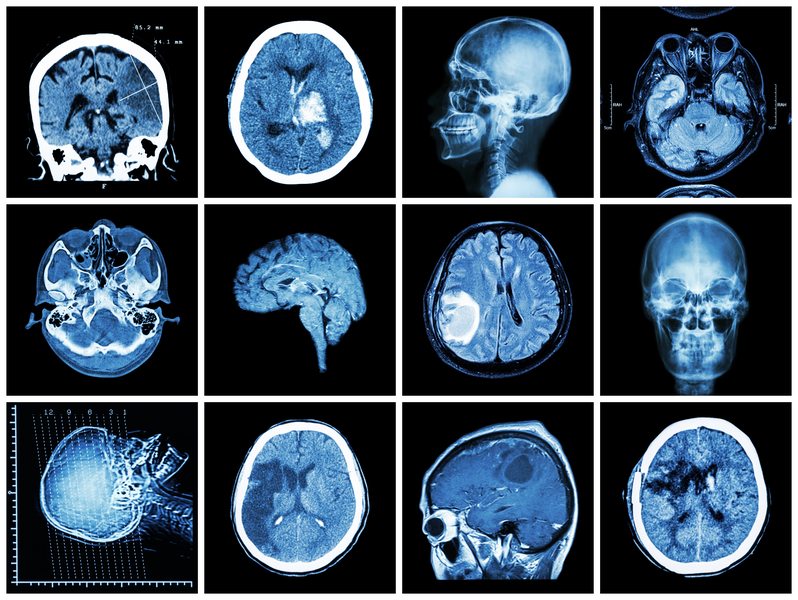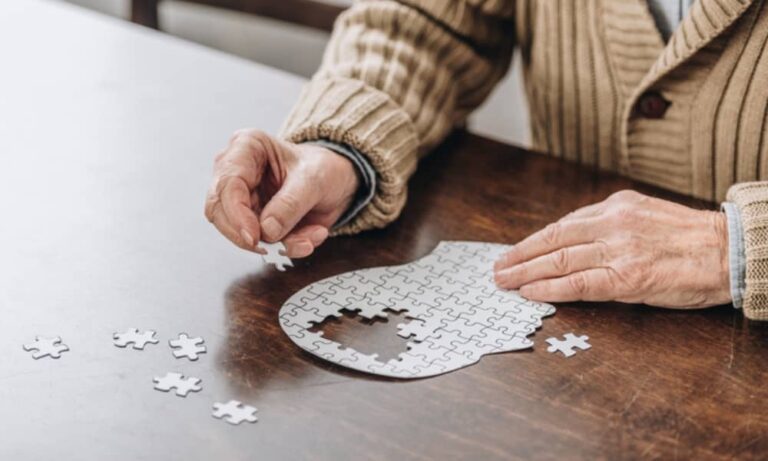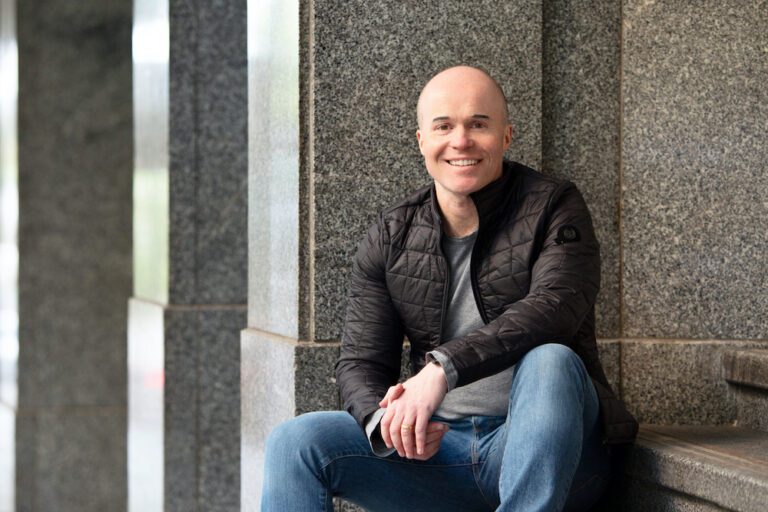This is National Stroke Week in Australia, which this year is aimed at raising awareness of the importance of time in responding to stroke.
A stroke is a brain attack, a sudden interruption of blood flow to part of the brain, causing it to stop working and eventually damaging brain cells.
During a stroke 1.9 million brain cells can be lost per minute. A quick reaction not only affects the treatment path for a person having a stroke but also recovery.
It’s important that people think and act FAST.
FAST represents the ways to identify the signs and symptoms of stroke: Face drooping, Arm weakness, Speech difficulty, and Time to call an ambulance.
Time is critical in the chance of treatments such as thrombolysis, a treatment designed to bust blood clots, working.
When a stroke happens, the odds of being able to walk afterwards drop every 15 minutes that treatment is delayed.
Three hours from the onset of stroke is the optimum window for treatment, and after 4.5 hours, the treatment won’t work at all.
Time is off the essence. “The big ones are obvious,” explains Alan Barber, professor of neurology at Auckland University. “But for the medium or small ones, a lot of people will ring their doctor and make an appointment for the next day. They’ll think they’ve slept on their arm funny.”







